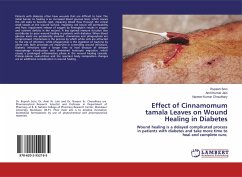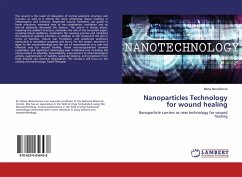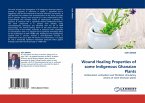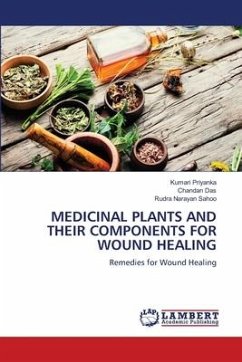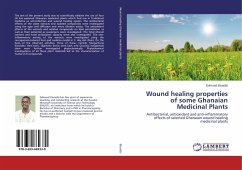Patients with diabetes often have wounds that are difficult to heal. The initial barrier to healing is an increased blood glucose level, which causes the cell walls to become rigid, impairing blood flow through the critical small vessels at the wound surface, impeding red blood cell permeability and flow. Impairment release of oxygen by hemoglobin results in oxygen and nutrient deficits in the wound. A less optimal immune function also contributes to poor wound healing in patients with diabetes. When blood glucose levels are persistently elevated, chemotaxis and phagocytosis are compromised. Chemotaxis is the process by which white cells are attracted to the site of infection, while phagocytosis is the ingestion of bacteria by white cells. Both processes are important in controlling wound infections. Diabetic infections take a longer time to heal because of delayed macrophage introduction and diminished leukocyte migration, which causes a prolonged inflammatory phase in the woundhealing cascade. Protein-calorie malnutrition and the resultant body composition changes are an additional consideration in wound healing.

